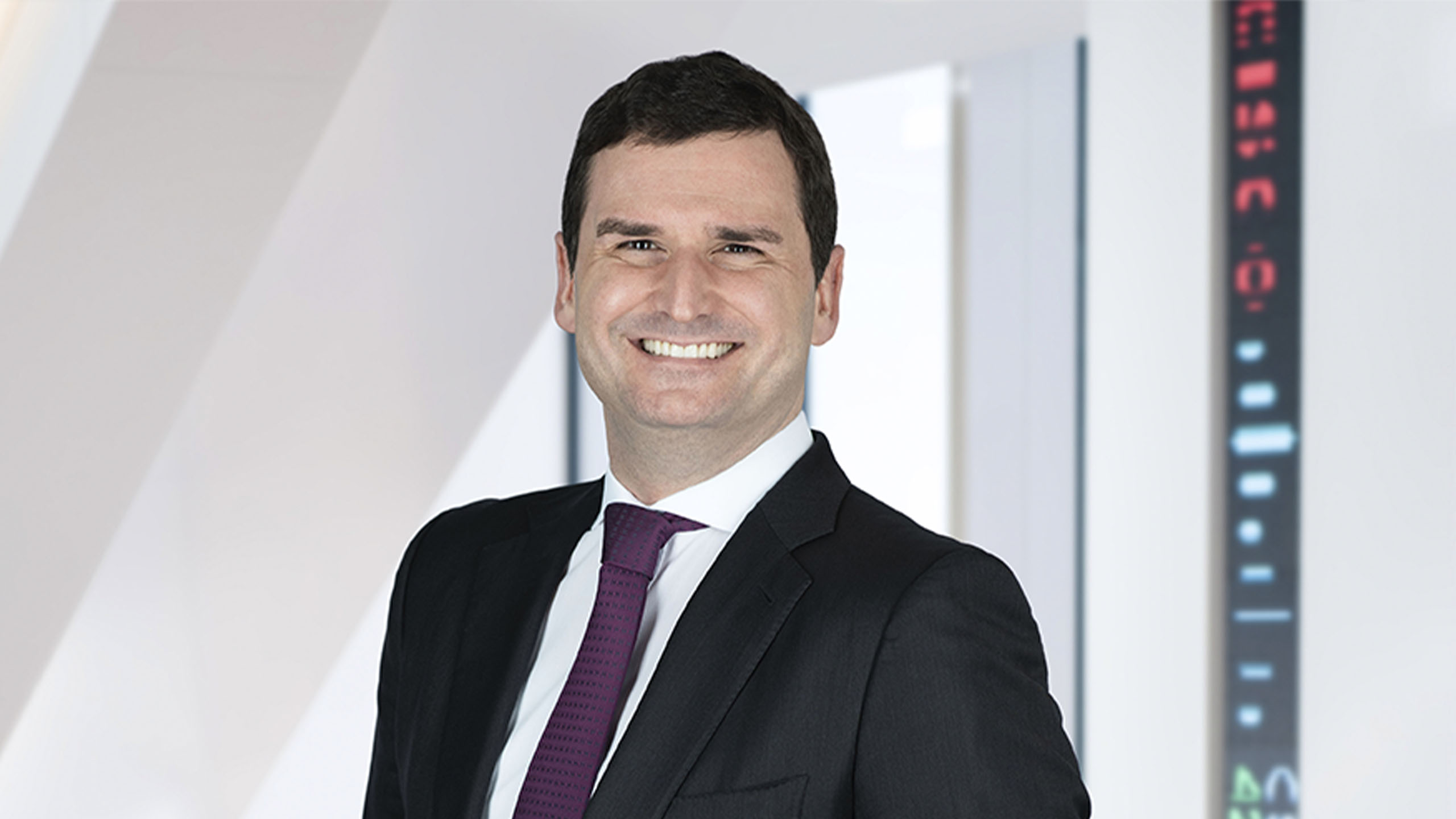
The European Central Bank (ECB) cut the deposit facility rate by 25 basis points to 3% at its December meeting, while its new staff projections – including inaugural 2027 estimates – now see inflation settling around target from Q4 2025 onwards. The rate cut makes sense in the context of weak growth and inflation projected to be at target next year (which supports a policy rate closer to neutral).
From a risk management perspective, with the policy rate at a still restrictive level of 3%, the ECB can potentially address any upside shocks through a slower pace of rate reductions going forward, while this latest rate cut may offer additional protection against downside risks. The ECB restated that decisions will remain on a meeting-by-meeting basis, and the data flow over the coming months will decide the speed and scale of monetary easing at future meetings.
Given uncertainty around the neutral policy range and still too high domestic inflation, the ECB is likely to continue moving policy rates towards neutral in a gradual fashion. Market pricing of a terminal rate of around 1.75% for the second half of next year remains broadly consistent with our estimates for a neutral policy rate for the euro area, and essentially represents a benign soft landing scenario. ECB President Christine Lagarde suggested a potential neutral range of 1.75%-2.5%.
While the rates market has more-or-less priced a cutting cycle in line with the ECB’s benign outlook, we see additional downside risks to growth following the U.S. election. As a result, we believe European duration offers reasonably priced downside mitigation, and we are currently overweight. As for the European interest rate curve, we continue to expect the back end of the interest rate curve to underperform shorter maturities due to rate cuts and rebuilding term premia.
A weak macroeconomic backdrop
We believe growth will continue to be weaker than the ECB is projecting. While hard data has been holding up better, surveys suggest that the euro area economy is broadly stagnating. Having hovered around 50 in recent months, the euro area composite purchasing managers' index (PMI) fell sharply in November, by around 2 points to 48.3. The most notable drop was in services, down 2.1 points to 49.5, putting it below 50 for the first time since early this year.
More broadly, incoming data increasingly raises the question of what might drive the projected economic expansion, as none of the demand components (consumption, investment or exports) have yet shown the strengthening the ECB expects. Particular question marks surround ECB staff projections for consumption-led economic growth, given the data is pointing to a substantial increase in the saving rate instead. Furthermore, the trade surpluses some member states, like Germany, run with the U.S. will likely face tariff challenges under the incoming U.S. administration, posing additional downside risks to growth. We believe growth will continue to be weaker than the ECB is projecting.
With regard to price developments, realized inflation remains above target, but stagnant economic growth, and fresh signs of a weakening labor market, should increase confidence that inflation is returning to target. Preliminary euro area inflation rose to 2.3% in November, driven by a moderation in the fall in energy prices and an increase in food inflation. Core inflation stood unchanged at 2.7%. Services inflation remains the biggest contributor to inflation, and stood at 3.9% in November, driven in part by recent high wage growth, which appears set to cool moving forward.
New staff projections
The latest staff projections, including inaugural 2027 numbers, show inflation at target from late 2025 onwards. For inflation to evolve in line with ECB expectations and durably converge to target, wage growth falling back to levels that are broadly consistent with 2% inflation remains the most important prerequisite. According to the new projections, the ECB expects growth in compensation per employee to average 3.3% in 2025, 2.9% in 2026 and 2.8% in 2027.
Wage moderation is key, even more so as productivity might turn out weaker than currently anticipated. Negotiated euro area wage growth picked up sharply in the third quarter, by 1.9% to 5.4% year over year. This was driven by volatility in German data, although given this was due to one-off delayed and backdated payments, it is unlikely to worry the ECB too much. The rest of the euro area was broadly stable.
More importantly, surveys point to slowing employment growth and a further moderation in the demand for labour. In addition, various forward-looking ECB surveys and wage trackers suggest a deceleration in wage growth, and the most recent wage negotiations in Germany were weaker than expected, increasing the ECB’s confidence that wage growth is going to decline in line with the projections.

